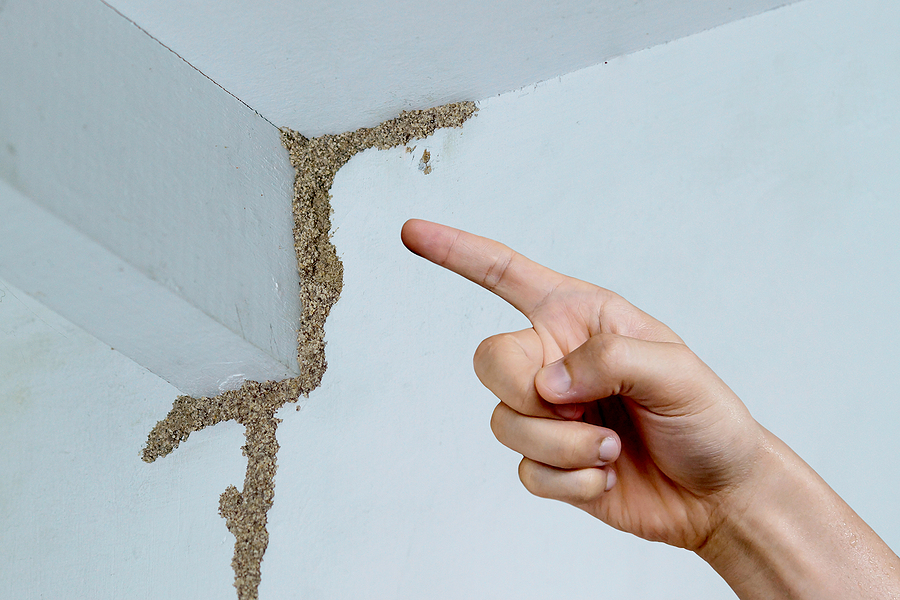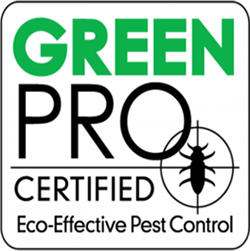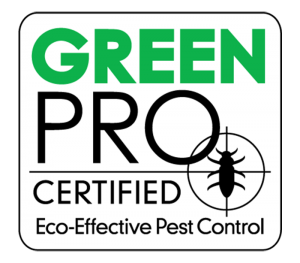Warning Signs of a Termite Infestation
Discovering a pest problem in your home can be devastating. However, what may be worse is having one and not knowing about it. When it comes to protecting your home you can never be too careful, especially when it comes to termite infestations.

These evasive, destructive pests can easily cause billions of dollars in damages annually in the United States, giving them the title of perhaps the most costly pest ever. Some warning signs can appear if you have termites. Severe damage can often be avoided if caught early.
Termites leave very distinct signs that they have infested an area. You might be surprised to know they actually leave audio signs as well since termites are very noisy as they eat, nest, and travel throughout wood.
The first sign and often the only outwardly visible sign of a termite problem is seeing their discarded wings near window sills and doors. Swarmers, also known as reproductives, are young female and male winged termites. In the springtime, after the last freeze, swarmers will emerge from their nest to mate and search for a new location to start a colony, which typically includes our homes. Look around the exterior of windows and if you see this sign contact a professional for an inspection.
As termites chew into dry wood they usually leave a thin veneer, which may appear blistered or dark and will break through easily when pressed upon with just a light touch. Crawl spaces and basements as well as anywhere that wood is exposed is a good starting point to look for this sign.
Subterranean species are the most destructive termite species, they build mud tubes to provide moisture while they travel between their colony and food source. Mud tubes are most often found near the home’s foundation. They will appear as a straw-sized hole going into the dirt or sometimes along the edge of a structure near the ground.
Termites make a very distinct chewing sound as they gnaw on the wood where they travel, nest and eat. If you hear a faint but constant chewing sound inside the walls or floors it could be the result of these pests. There are other pests that chew the interiors of walls such as squirrels and mice so a professional inspection is recommended to determine whether or not there are active termites.
Drywood termites will nest inside of wood and are very tidy as far as insects go. While tunneling and eating the wood they’re infesting, they create spaces that they like to keep clean. To keep them clean, they create kick-out holes where they remove their excrement. Since drywood termites eat wood, their excrement does resemble wood. When they are present their actions, as they clear their tunnels, will create mounds of pellets. These mounds of pellets, resembling sawdust or coffee grounds, may indicate the presence of drywood termites.
Even if you don’t see or hear signs of termite activity it doesn’t mean you’re in the clear. These pests are often difficult to detect and some very specific methods are used by professional pest control companies to do thorough inspections. WDI Inspections (wood destroying insects) are performed and often required when purchasing a home or business, but annual inspections might also be a good investment for your home or business. At Spence’s Pest Control we take your pest concerns seriously. Give us a call or visit us online (804) 794-7738.












